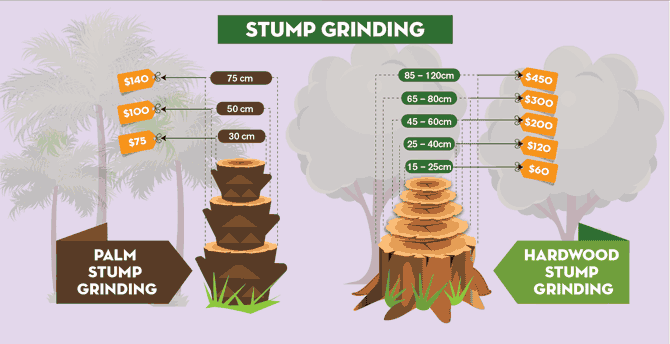Figuring Out The Right Time For Tree Removal - An Overview For Homeowners
Figuring Out The Right Time For Tree Removal - An Overview For Homeowners
Blog Article
Published By-Churchill Lester
Trees include appeal and value to building, however they can additionally present a danger during severe weather condition events. If a tree has stopped expanding, is exhibiting visible fungal development, or has a leaning trunk, it needs to be eliminated by an expert to avoid residential or commercial property damages and injury.
To get more information, go to a house owner source reasonable co-hosted by HPD, the Center for New York City Neighborhoods, and Brooklyn-based real estate partners this evening in Bedford-Stuyvesant. https://www.bobvila.com/articles/plants-for-erosion-control/ will feature the House owner Handbook, a new guide to help property owners browse the responsibilities of possessing a home.
1. Dead or Perishing Branches
Trees are an essential part of your home's landscape, supplying color and beauty. They likewise give sanctuary for wild animals and generate oxygen, but also healthy and balanced trees can experience health issue that may require their removal. Dead or passing away trees aren't just undesirable, they can be dangerous. Their branches could fall throughout a tornado, bring about pricey property damage and injuries.
When a tree's branches start to pass away, it indicates that its structure is starting to break down. If most of its branches are dead, it is most likely time to remove it.
Search for a lack of new development, bark peeling, open wounds or cavities, fungis growing on the trunk or roots and a basic look of degeneration in the whole cover. These indicators of infection can show a significant trouble that will need professional tree solutions to fix.
2. Leaning Trunk
While it's regular for trees to lean from time to time due to phototropism, if a tree has a harmful or severe lean that's not as a result of natural processes - maybe an indication that the tree requires to be eliminated. If the tree is favoring a high-voltage line, home, car, play structure or any other area that could be hazardous to people if it falls, after that calling a specialist tree solution for removal should be a leading priority.
It's likewise important to watch for any type of sudden changes in a tree's leaning as it can suggest damage to the roots or trunk that may cause falling. This is particularly true throughout stormy weather, because high winds and rain-soaked soil can trigger a lean to alter swiftly. Routine tracking, specifically during and after tornados can aid home owners acknowledge prospective troubles with their trees so they can call an arborist for an extensive analysis.
3. Insect Problem
Some pest problems, such as wood-boring pests like emerald ash borer or sap-suckers like range bugs, are so serious that they can create a tree to die. The very best means to stop pest invasion is to check your trees often. Try to find spots, holes, or stainings in the leaves and bark. Examine the trunk for cracks and indicators of insect damages, such as tunnels or tracks.
If a tree comes to be also ravaged with insects, or is close to a home or high-voltage line, an arborist might advise elimination. If a leaning tree develops a brand-new, unpredictable lean, an arborist will likely suggest removal as well to make certain the safety and security of individuals and residential property. If a weakened or dead tree continuously loses too much branches, it is an indicator that it is time to get rid of the tree. If a tree continues to lose branches for an extended period of time, it might bring about architectural issues and possible building damage.
4. Harmed Trunk
Trees are a stunning and important part of our landscape, but they do require routine like maintain them healthy and balanced and secure. If a tree is harmed irreparable it is likely time for it to come down.
Try to find signs of damages to the trunk, including upright cracks, joints, dead branch stubs, noticeable injuries or open tooth cavities and severe tree-rot. The presence of fungi at the base of the trunk is an additional cautioning indication. Fungis may suggest that the phloem and xylem (life-support tissues) are jeopardized, allowing for the spread of illness or a future failure.
Additionally, consider whether the tree has quit growing. Healthy and balanced trees will certainly have brand-new development yearly, which might be visible as buds or branches sprouting and extending. If tree pruning near me do not see any new growth, it's an excellent idea to have an arborist evaluate the tree and follow their recommendation for elimination. A passing away or damaged tree can drop and trigger building damage.